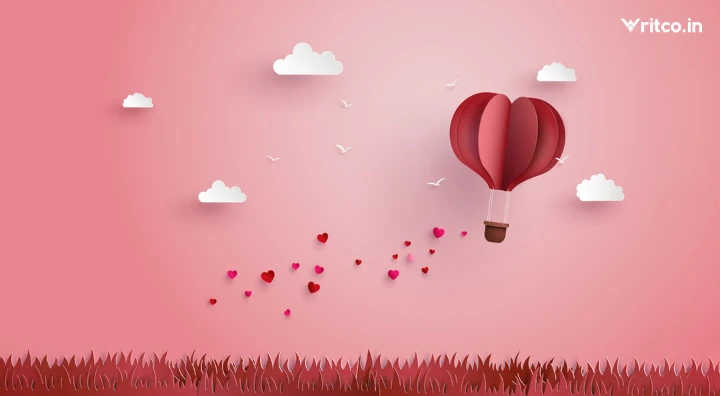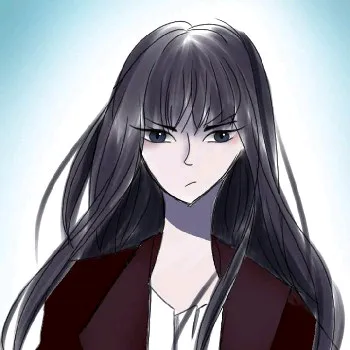Fairy Tale
A fairy tale, fairytale, wonder tale, magic tale, fairy story or Märchen is an instance of European folklore genre that takes the form of a short story. Such stories typically feature mythical entities such as dwarfs, dragons, elves, fairies, giants, gnomes, goblins, griffins, mermaids, talking animals, trolls, unicorns, or witches, and usually magic or enchantments. In most cultures, there is no clear line separating myth from folk or fairy tale; all these together form the literature of preliterate societies.[1] Fairy tales may be distinguished from other folk narratives such as legends (which generally involve belief in the veracity of the events described)[2] and explicit moral tales, including beast fables.
Illustration of the fairy tale character, Tom Thumb, on a hillside, next to a giant's foot.
1865 illustration of Hop-o'-My-Thumb and the ogre by Alexander Zick
In less technical contexts, the term is also used to describe something blessed with unusual happiness, as in "fairy-tale ending" (a happy ending)[3] or "fairy-tale romance". Colloquially, the term "fairy tale" or "fairy story" can also mean any far-fetched story or tall tale; it is used especially of any story that not only is not true, but could not possibly be true. Legends are perceived[by whom?] as real; fairy tales may merge into legends, where the narrative is perceived both by teller and hearers as being grounded in historical truth. However, unlike legends and epics, fairy tales usually do not contain more than superficial references to religion and to actual places, people, and events; they take place "once upon a time" rather than in actual times.[4]
Fairy tales occur both in oral and in literary form; the name "fairy tale" ("conte de fées" in French) was first ascribed to them by Madame d'Aulnoy in the late 17th century. Many of today's fairy tales have evolved from centuries-old stories that have appeared, with variations, in multiple cultures around the world.[5] The history of the fairy tale is particularly difficult to trace because only the literary forms can survive. Still, according to researchers at universities in Durham and Lisbon, such stories may date back thousands of years, some to the Bronze Age.[6][7] Fairy tales, and works derived from fairy tales, are still written today.
Folklorists have classified fairy tales in various ways. The Aarne-Thompson classification system and the morphological analysis of Vladimir Propp are among the most notable. Other folklorists have interpreted the tales' significance, but no school has been definitively established for the meaning of the tales.
Terminology Edit
Albert Edelfelt's illustration of Adalmina's Pearl, a Finnish fairy tale by Zachris Topelius.[8]
Some folklorists prefer to use the German term Märchen or "wonder tale"[9] to refer to the genre rather than fairy tale, a practice given weight by the definition of Thompson in his 1977 [1946] edition of The Folktale: "a tale of some length involving a succession of motifs or episodes. It moves in an unreal world without definite locality or definite creatures and is filled with the marvellous. In this never-never land, humble heroes kill adversaries, succeed to kingdoms and marry princesses."[10] The characters and motifs of fairy tales are simple and archetypal: princesses and goose-girls; youngest sons and gallant princes; ogres, giants, dragons, and trolls; wicked stepmothers and false heroes; fairy godmothers and other magical helpers, often talking horses, or foxes, or birds; glass mountains; and prohibitions and breaking of prohibitions.[11]
Definition
A painting from the fairy tale "The Facetious Nights of Straparola", showing people observing as a person jumps inside a building.
From The Facetious Nights of Straparola by Giovanni Francesco Straparola
Although the fairy tale is a distinct genre within the larger category of folktale, the definition that marks a work as a fairy tale is a source of considerable dispute.[12] The term itself comes from the translation of Madame D'Aulnoy's Conte de fées, first used in her collection in 1697.[13] Common parlance conflates fairy tales with beast fables and other folktales, and scholars differ on the degree to which the presence of fairies and/or similarly mythical beings (e.g., elves, goblins, trolls, giants, huge monsters, or mermaids) should be taken as a differentiator. Vladimir Propp, in his Morphology of the Folktale, criticized the common distinction between "fairy tales" and "animal tales" on the grounds that many tales contained both fantastic elements and animals.[14] Nevertheless, to select works for his analysis, Propp used all Russian folktales classified as a folklore, Aarne–Thompson–Uther Index 300-749, – in a cataloguing system that made such a distinction – to gain a clear set of tales.[15] His own analysis identified fairy tales by their plot elements, but that in...




